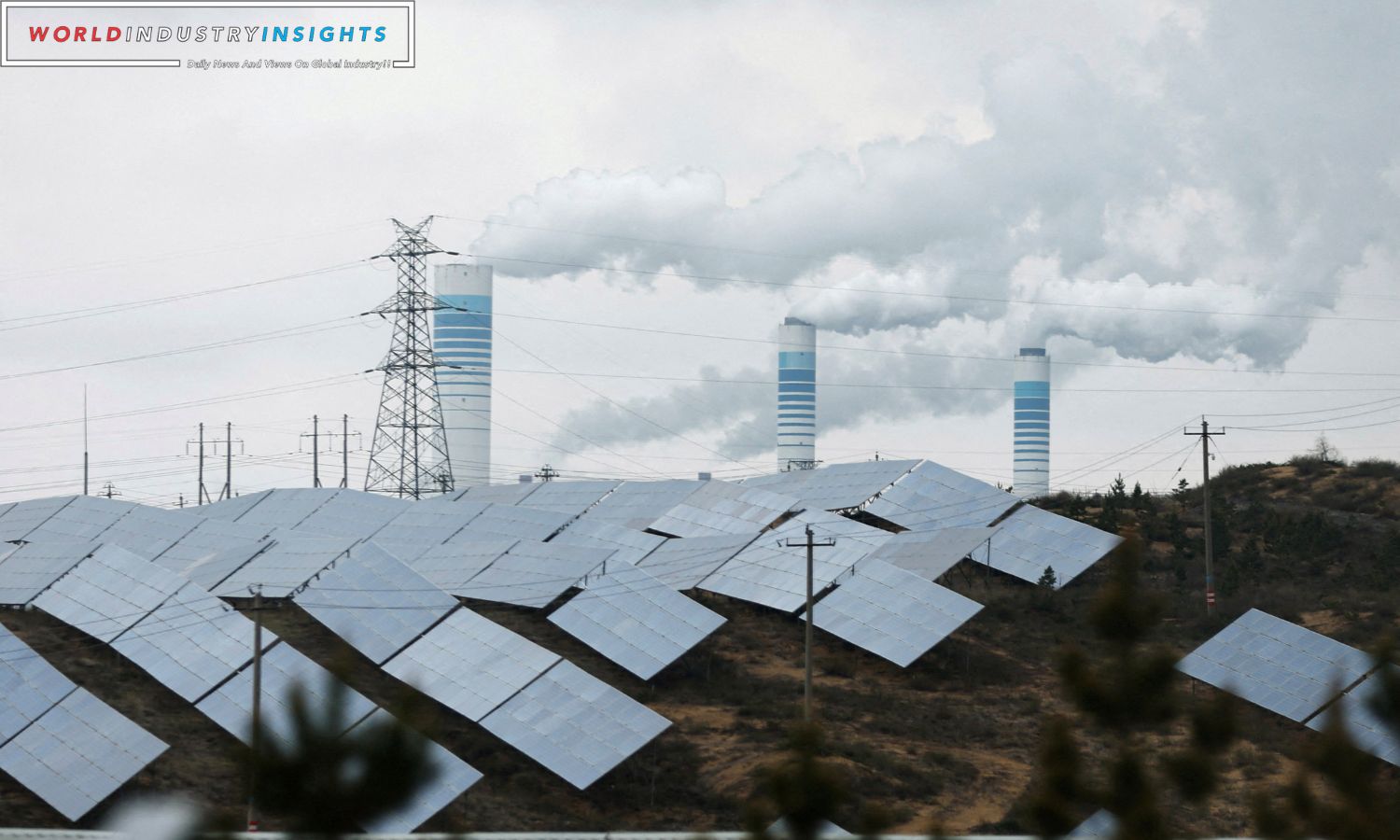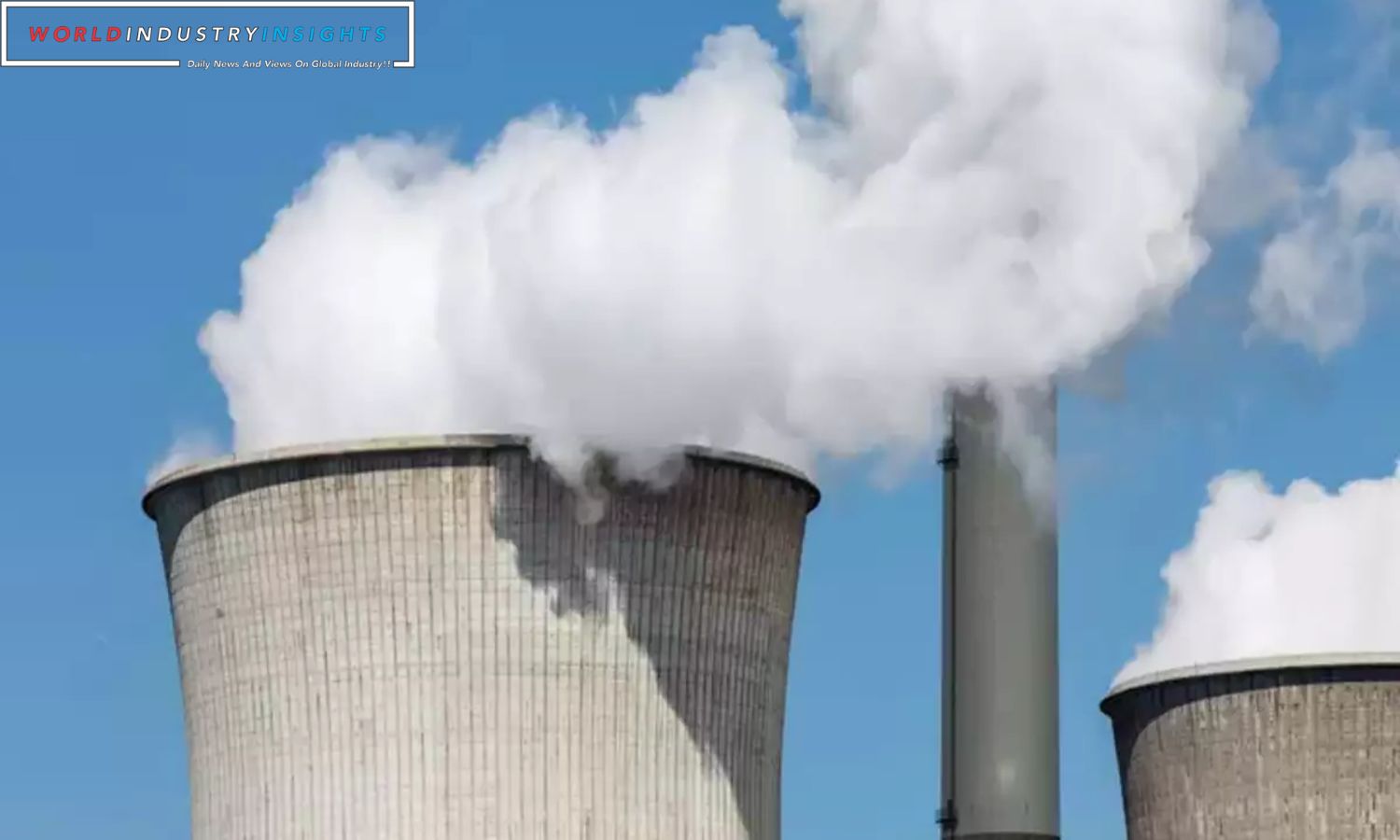Asian Energy Landscape: In the race to curb carbon emissions, Asia emerges as a frontrunner, outpacing Europe and North America in the transition to clean energy. Despite global calls to reduce coal dependence, Asian nations resist, emphasizing the need for reliable power sources to meet surging demand.
At the recent U.N. climate summit, the U.S. and EU spearheaded a pledge by 118 nations to triple renewable energy capacity by 2030. Notably absent were China and India, citing the essential role of fossil fuels in meeting their growing power needs.
Evolving Energy Mix: Asia Leads the Way
Ember’s data since the 2015 Paris climate agreement reveals that Asia increased clean power, including hydro and nuclear, by 8 percentage points to 32% of total output by 2022. In contrast, Europe saw a 4 percentage point rise to 55%, and North America’s increase was over 6 percentage points to 46%.
“The West lags in scaling up renewables and storage,” notes Hogeveen Rutter from the International Solar Alliance. Delays in project approvals and grid interconnections hinder clean energy growth in Europe and the U.S.
Challenges and Emissions Realities
While Asia’s progress is commendable, it still accounts for three-fifths of global power generation emissions, driven by rapid growth and new coal-fired plants in China and India. Emissions in Asia rise annually by nearly 4%, contrasting with declines in Europe and North America.
Asian governments argue for support from wealthier nations, highlighting historical emissions and reluctance to fund the retirement of polluting plants in countries like Indonesia.
Finance Dynamics: Concessions and Funding Gaps
Asia’s varied pace in transitioning from coal reflects financial realities. Nations with access to finance move quickly, while others face funding shortages. The International Solar Alliance emphasizes the West’s role in providing concessional funding for storage to accelerate the shift from coal.
Developing countries may need $2.4 trillion yearly to cap emissions, posing a challenge for Indonesia’s coal phase-out and driving China’s rapid green energy expansion.
Gas as Transition Fuel: A Global Trend
While some in the West push to curb coal finance, both Europe and North America turn to natural gas as a transition fuel. Gas use increases, with Europe’s share rising 3 percentage points to 26%, and North America’s up by 6 percentage points to 36%. Asia, however, witnesses a declining share of gas in power generation.
Also Read: Biden Clean Energy Odyssey: Hurdles, Triumphs, and the Quest for Net-Zero
India’s Unique Position
India, a major coal user, advocates for phasing down all fossil fuels, opposing singling out coal. It insists on increased investment in energy storage to support renewables.
“We cannot phase out fossil fuels unless we have nuclear or until storage becomes viable,” asserts India’s Power and Renewable Energy Minister R.K. Singh.
Asia’s energy evolution challenges Western narratives, emphasizing the diverse strategies needed in the global fight against climate change. As the world grapples with funding gaps, policy conflicts, and the quest for reliable alternatives, the path to a sustainable energy future remains intricate and interconnected.
Our Reader’s Queries
What is the main source of energy in Asia?
Despite the growing popularity of clean energy in Asia, coal still accounts for over 50% of the region’s electricity production.
What is the energy problem in Asia?
Central Asian nations are facing a surge in energy demands, leading to frequent energy crises. The winter of 2022-2023 was especially harsh, exacerbating the ongoing crisis and posing a threat to heating and electricity supplies. This has had a significant impact on the economy and the daily lives of citizens.
Does the Asian Pacific region have energy problems?
In Asia and the Pacific, a staggering 150 million individuals are deprived of electricity, and countless others rely on harmful and contaminated fuels for cooking. This dire situation is impeding the region’s economic and social progress, and must be addressed urgently.
Which country in Asia is the largest consumer of energy?
As of 2021, China and the United States are the top two countries in the world when it comes to electricity consumption. This list ranks countries and regions based on their electricity usage. There are a total of 151 countries included in this list.


